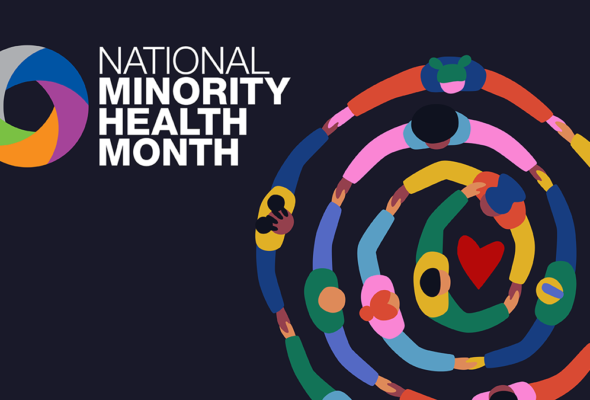Part 3: Analytics Solutions
We complete our series on the most common questions by focusing on our analytics and data solutions. For a quick review, HealthAxis Group offers an array of third-party administrative services that help accelerate productivity, improve processes, and perform cost-efficient operations for Medicare, Medicaid, and commercial plans. We customize service engagements, from outsourcing all plan operations to targeting a single line of service (full list of services).
We understand that choosing a new solution can be a daunting task. To aid in your process, we have compiled the top questions we received from health plans looking for solutions to improve operations and grow membership.
What problems can your solution help us solve?
Our analytics solution is a comprehensive, integrable system enabling full lifecycle analysis. It effectively consolidates and analyzes data into usable and easily consumable information that pinpoints areas for action.
Through our pre-built healthcare Data Model, Data Marts, Intelligence Dashboards, Reports, and Analytics, our system provides hundreds of powerful metrics, alerts, and reports to healthcare professionals. Across the organization, your team can monitor performance, analyze key performance indicators, and compare them to performance benchmarks. Your data will be turned into integrated and actionable insight in near real-time. With Health Intelligence Analytics, you can manage healthcare costs, adopt and become more compliant with new healthcare regulations, improve quality of care, detect fraud, proactively identify high-risk populations and streamline processes.
What type of analytics does your solution offer?
HealthAxis Group’s analytics solution delivers over 200 prebuilt reports and 10 dashboards right out of the box. In addition, the solution allows for customizable and self-service analytics. Providing business users with full ad hoc query and analysis capability, users can create new analyses from scratch or modify existing analyses in dashboard pages.
We provide the ability to turn data into insight using geospatial analytics. Geospatial analytics provide valuable and varied insights into data. The visualizations and interactive geospatial capabilities inherent in our solution are beyond comparison to any like tool. The visualizations deliver detailed analytics in an understandable way that enables the end-users to make informed evidence-based decisions.
Does your solution automate data integration from external/multiple data sources/silos?
Yes, our data architecture consists of several components that enable rapid data intake, standardization, flexible, scalable, and suitable for data warehouse reporting and analytics. Through our best practice standards, we have built an automated data intake facility (DIF) to easily integrate and automate your data integration. The DIF consists of in-depth data file edits, validation routines, and collaborative interfaces with each data source/submitter to expedite resolutions and standardization of these files. The data intake facility allows for sources and/or data submitters to submit the data feeds with a Graphical User Interface (GUI). During the upload of the data feeds, the DIF automatically identifies errors in formatting, data submission, or failures with the upload. The data submitter is notified of errors and/or warnings to know if the data was completely received. The DIF is the beginning of all data intake and integration and all raw files are stored, backed up, and archived so you always have traceability of who submitted what and what was the original format of these data feeds.
Is your product compatible with my existing infrastructure?
HealthAxis Group’s analytics solution is built on an open architecture and is integrable with any infrastructure or environment.
How do you verify data quality?
Quality is regarded as paramount importance at HealthAxis Group. This commitment is demonstrated by the development of our quality management and support systems, which will ensure the quality of our products and services. Through our extensive experience with producing an industry best standard for data validation, we focus on three main areas of the data quality process and strongly believe these areas should be developed and supported by the client to ensure a robust data quality best practice. These are Data Terminology, Data Profiling, and Data Governance.
It is our best practice standard to address the following to ensure the absolute best data quality:
Implement fundamental data quality validation routines, including automated processes to notify database administrators of any data load or quality issues.
Conduct Data Profiling to identify data anomalies and outliers. These quality issues would then be routed to the Governance team for resolution coordination.
Implementation of Data Governance and Terminology Standardization is necessary for data consistency and on-going maintenance and improvement.



